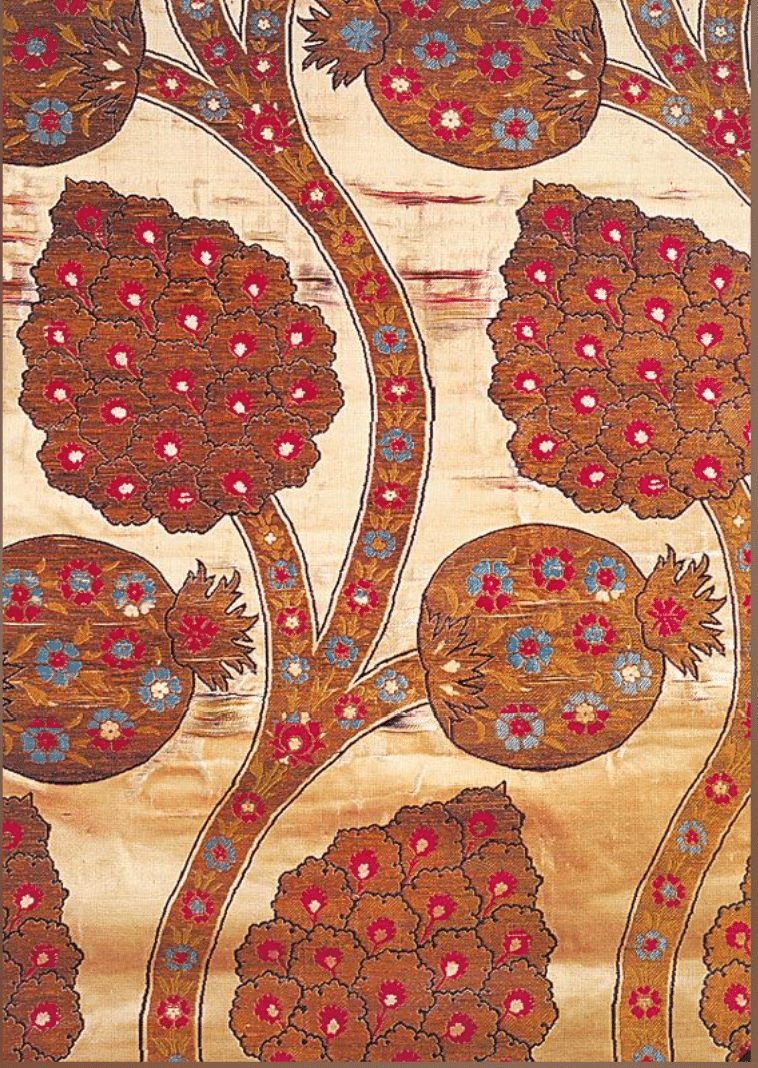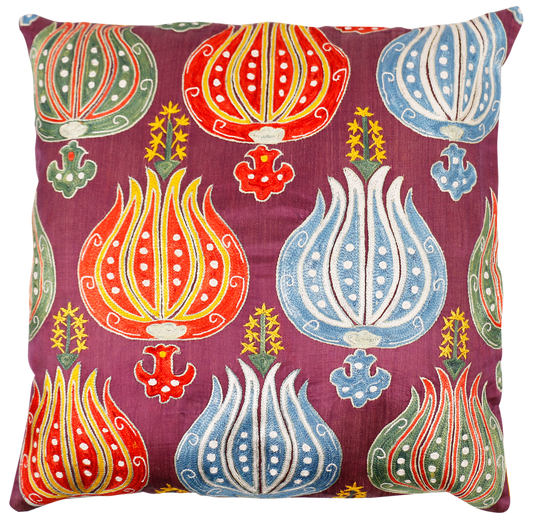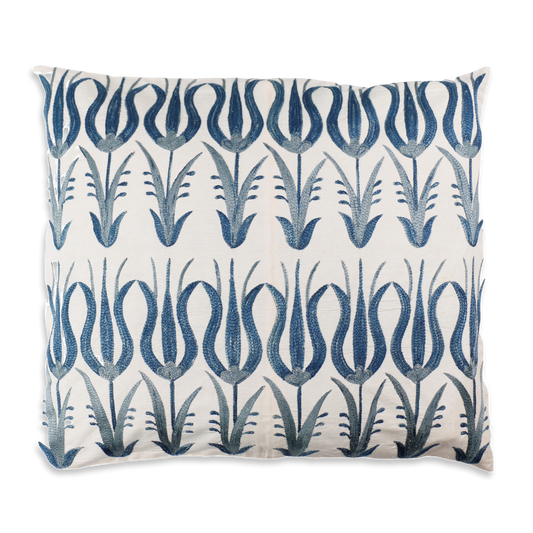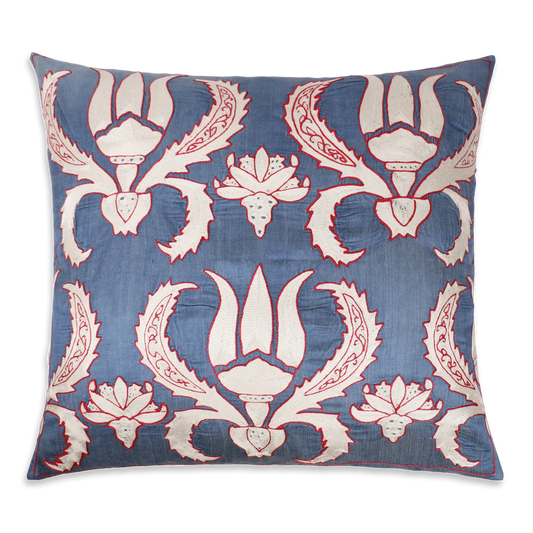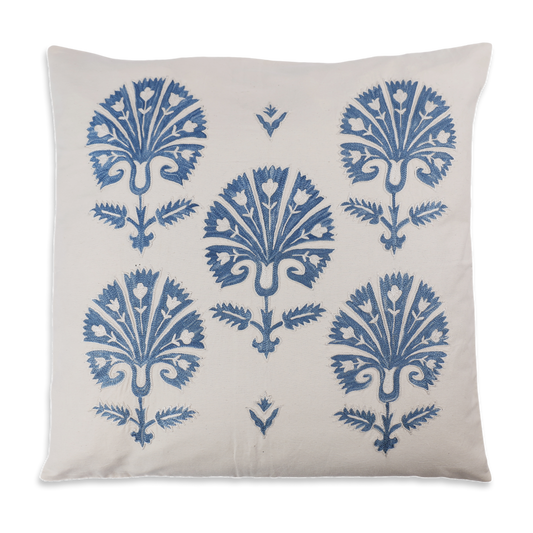Ottoman silk textiles are among the most elegant textiles produced in the Islamic world. They are characterized by large-scale stylized motifs often highlighted by shimmering metallic threads.
Most Ottoman silks produced for use within the empire were used either for garments or furnishing. The outer garments for Ottoman men incorporated trousers and a matching kaftan, a floor-length crossover robe or sleeveless vest, which were adapted from traditional tribal riding costumes of the Central Asian and Iranian steppes. The Ottoman Sultans were known for their elaborate ceremonies and parades in the capital of Istanbul, during which every member of the court, from child princes to Janissaries, would be clothed in a new garment for the occasion. In this context, the large-scale patterning of ogival lattice designs and chintamani would have provided maximum impact. Women’s garments were typically the same style, with more layering, slightly more tailoring, and smaller-scale patterns. The extensive documentation and storage of Ottoman garments and hangings in the Topkapi Palace provide historians with contextual information and extant examples for analysis.

Textiles used for furnishing included curtains, bed covers, runners, cushion covers (yastik) utilized in the reception rooms (selamlik), bed rooms, on the feast tables in palaces, pavilions and upper-class homes, as well as in Sultan’s tents during military campaigns.

